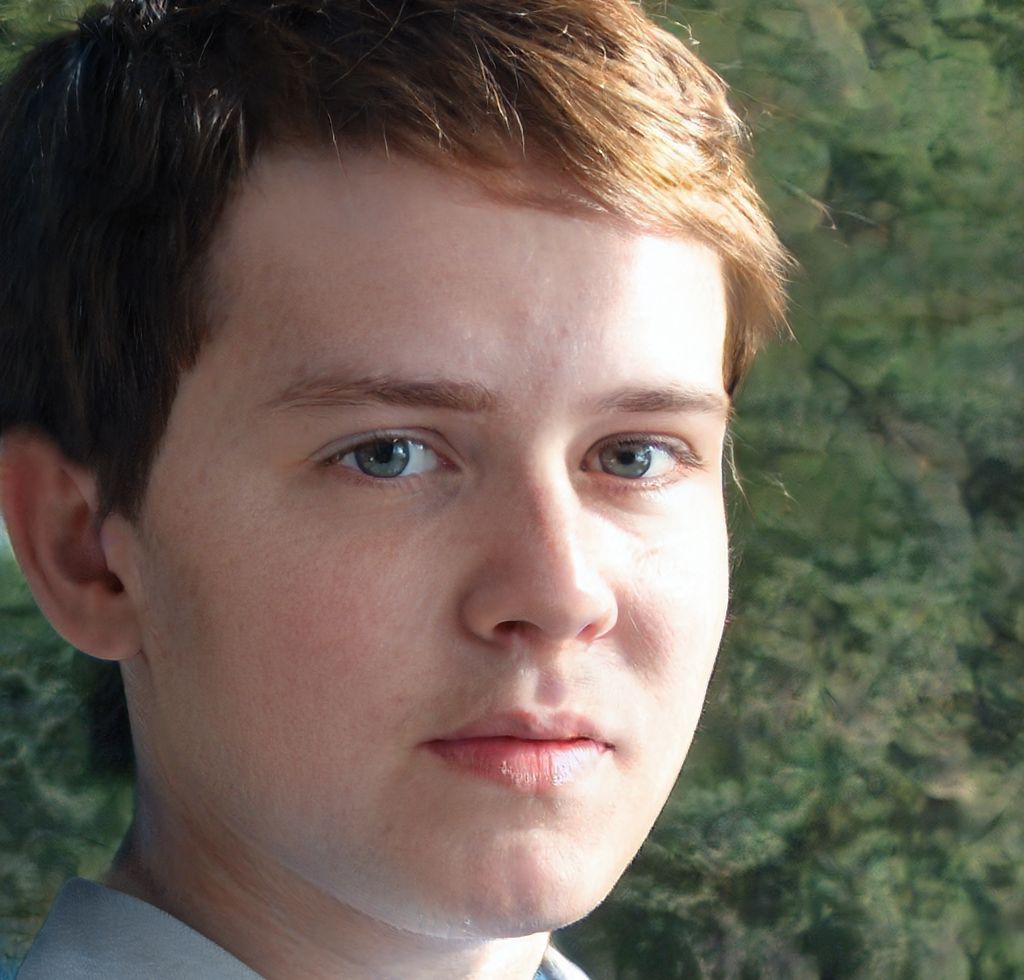What is the process of DNA replication?
DNA replication is semi-conservative.
The fundamental unit of DNA consists of 2 intertwined polynucleotide [several nucleotides in a chain] chains or the double helix.
The double helix is held together by hydrogen bonds between base pairs. Adenine (A) can only bind to Thymine (T) and Guanine (G) can only bind to Cytosine (C).
Because of this specific base pairing, if the sequence of one chain is known, then that of its partner is also known.
For example:
#"AGCTAGCT " -># in one chain means
#"TCGATCGA " -># in the other chain.The opposing sequences are referred to as complementary.
The corresponding polynucleotide partners are known as complementary chains.
DNA replication is done by a semi-conservative process in which the two strands separate and serve as templates for the complementary strands such that each daughter molecule has one parent strand and one new strand as shown in figure.
By signing up, you agree to our Terms of Service and Privacy Policy
DNA replication is the semiconservative process that makes new DNA.
DNA replication is a multistep process where new DNA is made.
First the double helix is "unzipped" using DNA helicase. This exposed the bases that are typically the "rungs" of the double helix.
Second, now that the bases are open DNA polymerase will bring new nucleotides. The bases are matched according to base pair rules - Adenine pairs with Thymine and Cytosine pairs with Guanine in DNA.
Third the nucleotides join together, creating new half of DNA. The bases join using hydrogen bonds. Now that the bases are joined you get a double helix, each with one "new" strand and one "old" strand.
Because it "saves" half of the parent or original DNA strand, DNA replication is called semi-conservative.
Now this is just a basic step through. The actual process is much more complex.
By signing up, you agree to our Terms of Service and Privacy Policy
DNA replication involves the separation of DNA strands, primer binding, DNA synthesis by DNA polymerase, and proofreading. This results in two identical DNA molecules.
By signing up, you agree to our Terms of Service and Privacy Policy
When evaluating a one-sided limit, you need to be careful when a quantity is approaching zero since its sign is different depending on which way it is approaching zero from. Let us look at some examples.
When evaluating a one-sided limit, you need to be careful when a quantity is approaching zero since its sign is different depending on which way it is approaching zero from. Let us look at some examples.
When evaluating a one-sided limit, you need to be careful when a quantity is approaching zero since its sign is different depending on which way it is approaching zero from. Let us look at some examples.
When evaluating a one-sided limit, you need to be careful when a quantity is approaching zero since its sign is different depending on which way it is approaching zero from. Let us look at some examples.
- DNA is made up of phosphate groups, nitrogen bases, and what?
- What enzyme is required to make copies of DNA from RNA?
- Why should ourfood contain Iodine?
- What makes a genetic code? How are they common to all organisms?
- When DNA has replicated, the copied sister chromatids remain attached to what structure?

- 98% accuracy study help
- Covers math, physics, chemistry, biology, and more
- Step-by-step, in-depth guides
- Readily available 24/7
 Isabella Anderson
Isabella Anderson Logan Allen
Logan Allen Nicholas Ahn
Nicholas Ahn